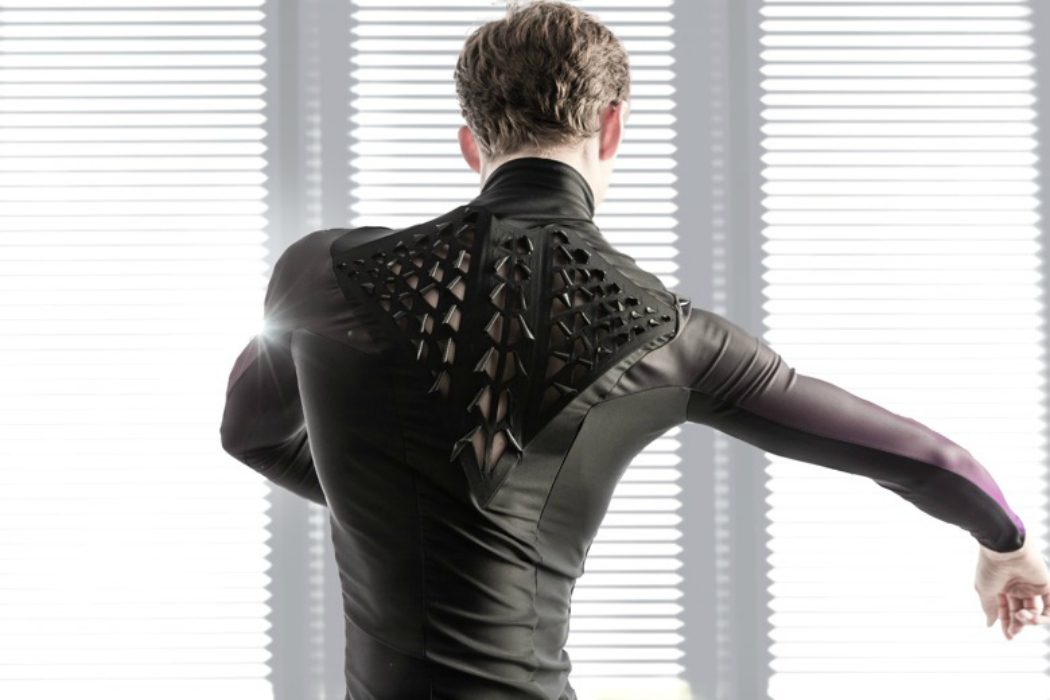
TAKING ADVANTAGE OF BIOLOGY
In 2015, BioLogic, a research team from MIT, developed a new form of performance fabric that integrates living materials and textile design. Ultimately, BioLogic is developing living actuators and responsive bioskin.
They are certainly ambitious. “Bio is the new interface,” they declare, “we are imagining a world where actuators and sensors can be grown rather than manufactured, being derived from nature as opposed to engineered in factories.”
In their research, they have unearthed a new behavior of the bacteria Bacillus subtilis natto: the expansion and contraction of the natto cells relative to atmospheric moisture. With this knowledge, they embedded the bacteria into the fabric to ventilate garments.
Lining Yao, who was responsible for concept creation, interaction design, and fabrication in bioLogic, explains, “The reason we started to explore this bacteria is that we knew that in the natural world there are a lot of smart materials that are naturally responsive. It’s very sensitive to even tiny changes in the skin condition, so we thought an on-skin transformable textile would be a really interesting application.”
The synthetic bio-skin reacts to body heat and sweat, causing flaps near the heat zones to open to allow sweat to evaporate and to cool down the body using an organic material flux. Together with New Balance, bioLogic is applying this technology to produce sportswear that regulates athletes’ body temperatures to enhance performance.
“We are trying to explore how the physical materials and physical environment can be smarter, more adaptive, and become part of us. This garment will understand when you sweat, and it will sense and open up to release your sweat, and close up to keep you warm again. A garment can become an interface that can communicate with your body,” Yao said.
NOT JUST ANOTHER FASHION STATEMENT

While this development appeals to fashion designers and those creating athletic attire, the research team is part of a broader effort by MIT to focus on innovations in diverse actuated materials.
Professor Hiroshi Ishii, who guided the team, explains, “We are devoted to the much more fundamental concept of ‘radical atoms.’ Basically, we are interested in materials that artists and designers would use to express their ideas. For example, a product designer may use metal or glass or plastic. Computer designers may use a pixel in the computer screen, but that’s intangible. Physical materials are nice, but frozen; they’re dead. So we are interested in making materials that transform dynamically. That’s what we call ‘radical atoms.'”
The team believes that the project is in line with their vision of “human interaction with future dynamic materials.” Yao adds, “The general idea is not only how you can be inspired by nature, but how you can collaborate with nature.”